Focal Length
The focal length of a lens is the distance between the lens and the point where light rays converge to form a sharp image. It is a crucial property of lenses and is used to describe their ability to converge or diverge light rays. Focal length is a key factor in understanding the behavior of lenses in optics and is important in the study of vision and the formation of images in biological systems.
Factors Affecting Focal Length
The focal length of a lens is determined by its shape, curvature, and refractive index. Thicker lenses generally have shorter focal lengths, while thinner lenses have longer focal lengths. The refractive index of the lens material also affects the focal length, with higher refractive indices leading to shorter focal lengths.
Applications of Focal Length
Understanding focal length is essential in various biological applications, such as the functioning of the human eye. The eye's lens has the ability to change its focal length, allowing us to focus on objects at different distances. Additionally, in microscopy, knowledge of focal length is important for obtaining clear and magnified images of specimens.
Study Guide
- Define focal length and explain its significance in optics.
- Discuss the factors that affect the focal length of a lens.
- Describe the applications of focal length in biological systems, such as vision and microscopy.
- Compare the focal lengths of different types of lenses, such as convex and concave lenses.
- Explain how the eye's ability to change its focal length allows for accommodation and focusing on objects at varying distances.
- Discuss the importance of focal length in the design of optical instruments used in biology, such as microscopes and telescopes.
Understanding focal length is essential for comprehending the behavior of lenses and the formation of images in biological systems. Mastery of this topic will provide a solid foundation for further studies in optics and visual biology.
.◂Biology Worksheets and Study Guides High School. Invertebrates
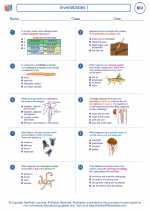
 Worksheet/Answer key
Worksheet/Answer key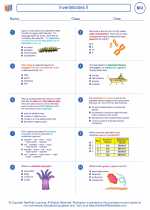
 Worksheet/Answer key
Worksheet/Answer key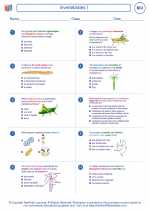
 Worksheet/Answer key
Worksheet/Answer key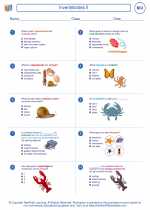
 Worksheet/Answer key
Worksheet/Answer key
 Worksheet/Answer key
Worksheet/Answer key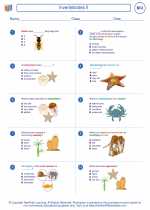
 Vocabulary/Answer key
Vocabulary/Answer key
 Vocabulary/Answer key
Vocabulary/Answer key
 Vocabulary/Answer key
Vocabulary/Answer key
